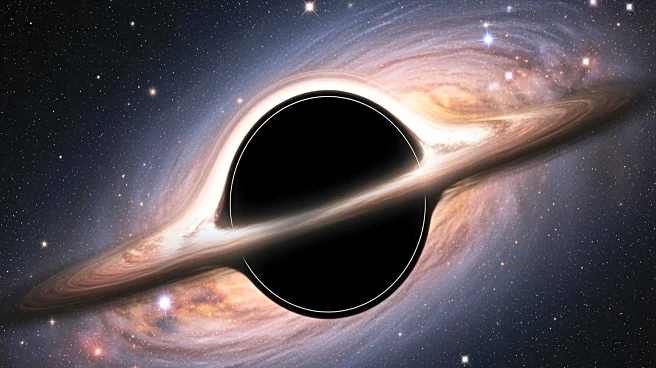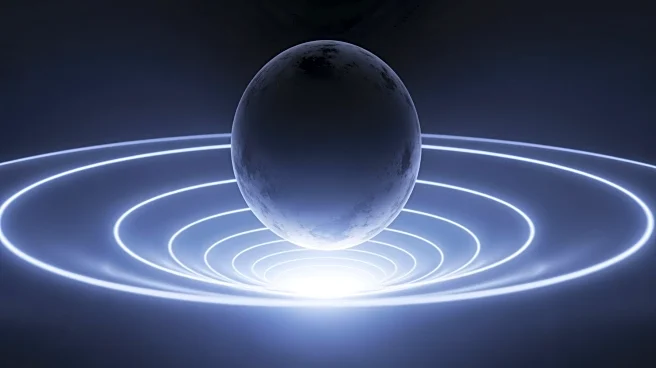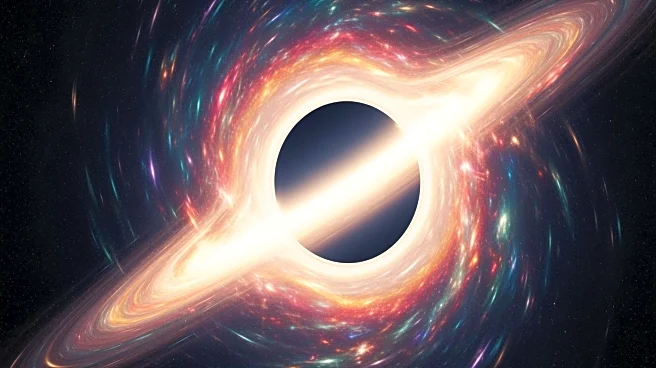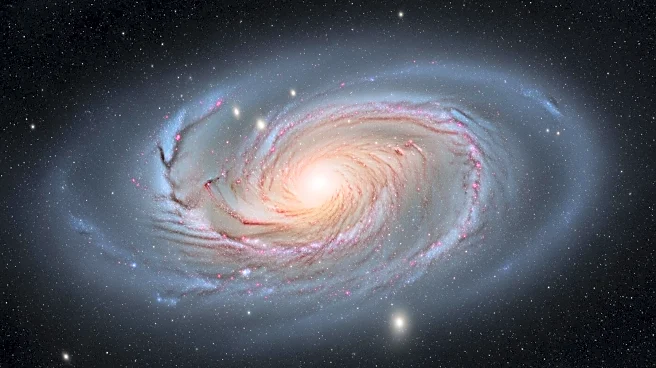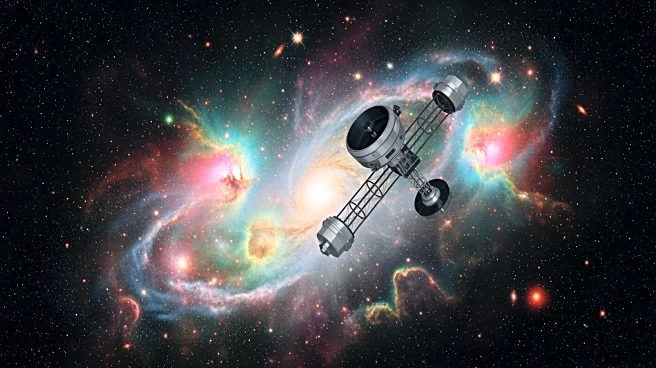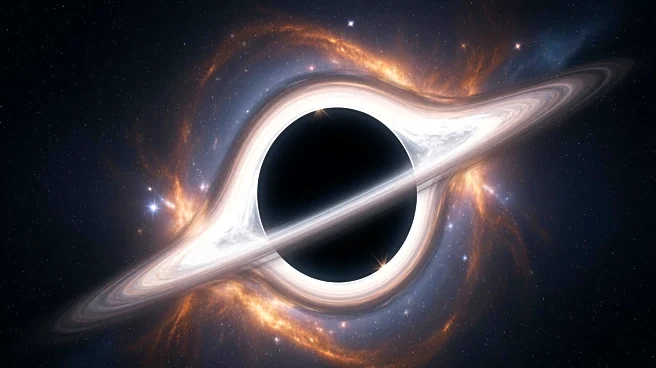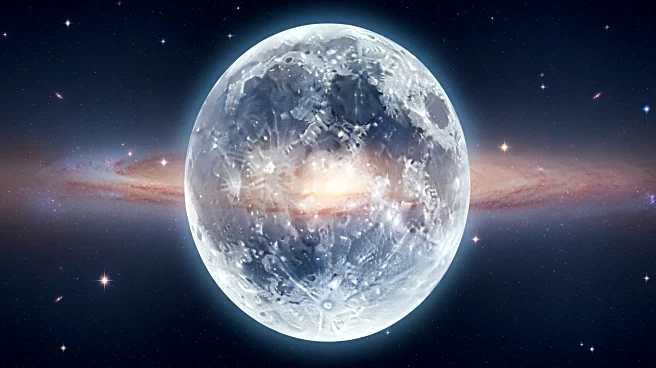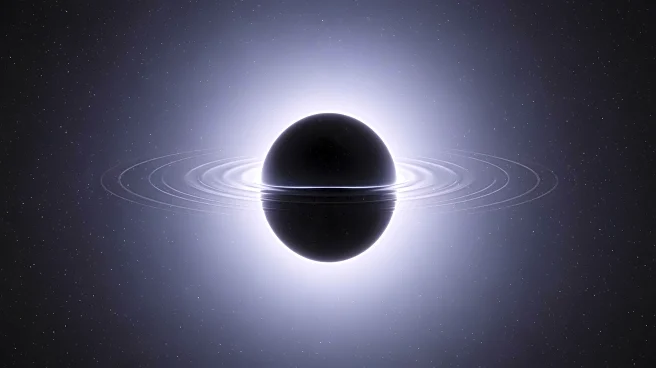What's Happening?
Physicists from Goethe University Frankfurt and the Tsung-Dao Lee Institute have developed a new method to test Einstein's general theory of relativity using high-resolution images of black hole shadows.
The Event Horizon Telescope (EHT) collaboration previously captured groundbreaking images of black holes at the center of the galaxy M87 and the Milky Way. These images show the shadow of the black hole, allowing researchers to examine the theories behind these cosmic objects. The new method involves using shadow images to determine the radius of black holes and compare them against various theoretical predictions. The team conducted complex simulations to generate synthetic images of glowing plasma around black holes, aiming to identify differences across various theories. The study suggests that future high-resolution measurements could help confirm or refute alternative theories of gravity.
Why It's Important?
This development is significant as it provides a new way to test the validity of Einstein's theory of relativity, which has been the gold standard in physics for describing space and time. By potentially distinguishing between different theoretical models of black holes, this research could lead to breakthroughs in our understanding of gravity and the fundamental laws of physics. The ability to test these theories with high precision could have profound implications for astrophysics and cosmology, potentially leading to new insights into the nature of the universe. If Einstein's theory were ever proven invalid, it would revolutionize our understanding of physics and necessitate a reevaluation of many established scientific concepts.
What's Next?
The researchers plan to continue their work by integrating additional telescopes into the EHT collaboration, which could improve the resolution of black hole images. There is also hope for a radio telescope in space, which would significantly enhance the ability to test various theories about black holes. As technology advances, the angular resolution required to distinguish between different theoretical models may become achievable, allowing for more rigorous testing of gravity theories. This ongoing research could lead to new discoveries and potentially confirm or challenge existing scientific paradigms.


